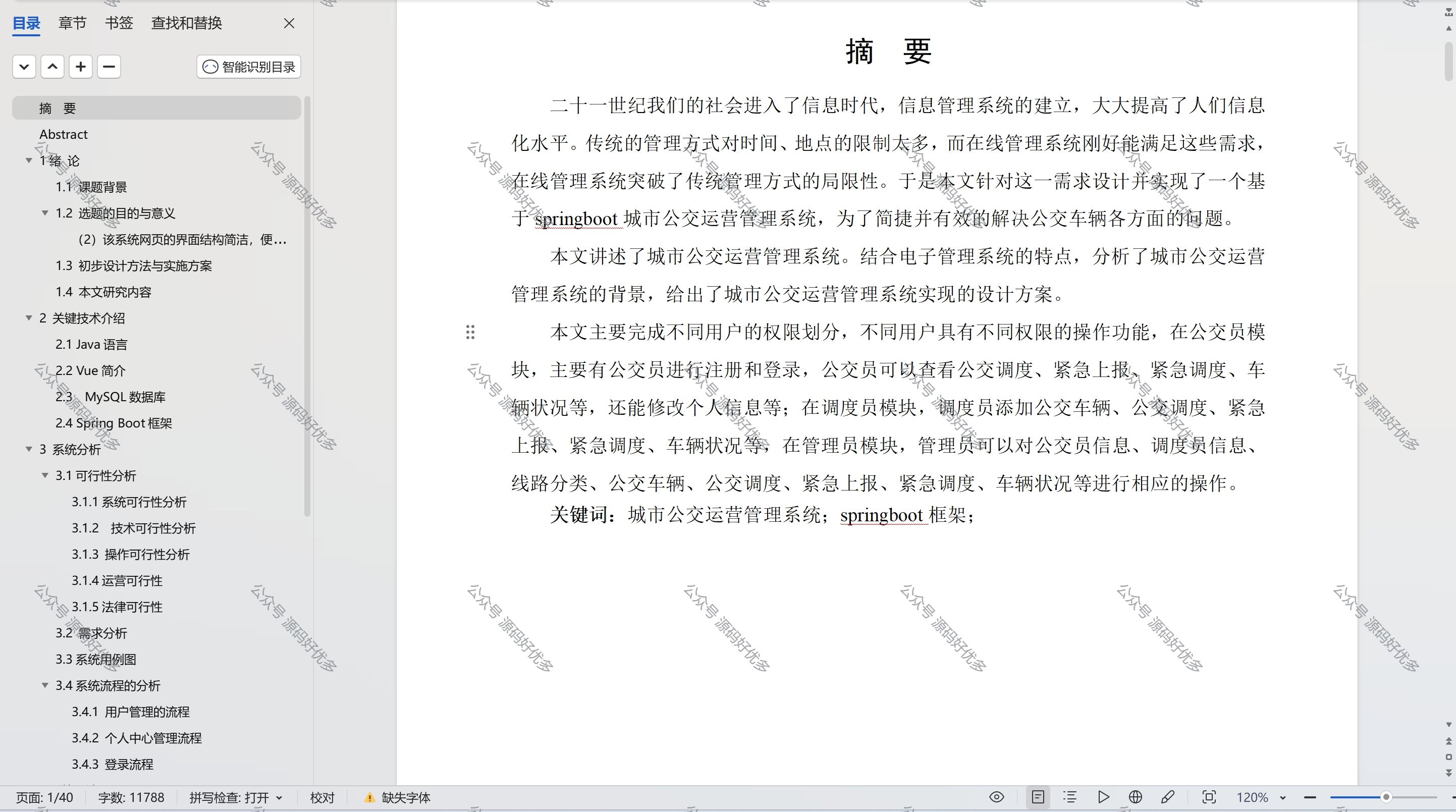前言:在 pytest 测试框架中,注解(通常称为装饰器)用于为测试函数、类或方法提供额外的信息或元数据。这些装饰器可以影响测试的执行方式、报告方式以及测试的组织结构。pytest 提供了多种内置的装饰器,以及通过插件扩展的额外装饰器

以下是一些常用的 pytest 装饰器及其用途:
1、@pytest.mark.parametrize:
- 用于参数化测试,允许您为测试函数提供多个参数集,pytest 将为每个参数集运行一次测试。
- 示例:
@pytest.mark.parametrize("input,expected", [(1, 2), (3, 4)])
import pytest@pytest.mark.parametrize("input,expected", [(1, 2), (3, 4), (5, 6)])
def test_addition(input, expected):assert input + 1 == expected在这个例子中,test_addition 函数将使用三组不同的参数((1, 2),(3, 4),(5, 6))分别运行三次。
2、@pytest.mark.skip 和 @pytest.mark.skipif:
- 用于跳过测试。
@pytest.mark.skip无条件跳过测试,而@pytest.mark.skipif根据条件跳过测试。 - 示例:
@pytest.mark.skip(reason="Not ready yet")或@pytest.mark.skipif(sys.version_info < (3, 6), reason="Python 3.6+ required")
import pytest
import sys# 无条件跳过
@pytest.mark.skip(reason="This test is not ready yet")
def test_not_ready():assert True# 根据条件跳过
@pytest.mark.skipif(sys.version_info < (3, 6), reason="Python 3.6+ required")
def test_python_version():assert True 在第一个例子中,test_not_ready 函数将被无条件跳过。在第二个例子中,如果 Python 版本低于 3.6,test_python_version 函数将被跳过。
3、@pytest.mark.xfail 和 @pytest.mark.xfailif:
- 用于标记预期失败的测试。这些测试将被执行,但如果它们失败了,则不会被视为错误。
- 示例:
@pytest.mark.xfail(reason="Known issue")或@pytest.mark.xfailif(some_condition, reason="Condition not met")
注意:
@pytest.mark.xfailif不是 pytest 内置的,但可以通过类似逻辑实现条件性的 xfail
import pytest# 标记预期失败的测试
@pytest.mark.xfail(reason="This is a known issue")
def test_xfail():assert False# 可以通过编写一个函数来模拟 @pytest.mark.xfailif 的行为
def pytest_xfail_if(condition, reason):def decorator(func):if condition:func = pytest.mark.xfail(reason=reason)(func)return funcreturn decorator# 使用模拟的 @pytest.mark.xfailif
@pytest_xfail_if(True, reason="Condition met, expect failure")
def test_conditional_xfail():assert False
4、@pytest.mark.tryfirst 和 @pytest.mark.trylast:
- 用于控制测试的执行顺序,尤其是在有多个钩子函数(如 setup/teardown 方法)时。
- 这些装饰器通常与 pytest 插件中的钩子函数一起使用。
通常与 pytest 插件中的钩子函数一起使用
# 假设有一个 pytest 插件提供了 setup 和 teardown 钩子函数
# 并且我们想要某个测试在这些钩子函数中首先或最后执行
# 注意:这里的示例是假设性的,因为 @pytest.mark.tryfirst 和 @pytest.mark.trylast
# 通常不直接用于测试函数,而是用于钩子函数或插件实现# 假设的 setup 和 teardown 钩子函数(实际上需要由 pytest 插件提供)
# @pytest.hookimpl(tryfirst=True)
# def pytest_setup():
# pass# @pytest.hookimpl(trylast=True)
# def pytest_teardown():
# pass# 假设的测试函数(实际上不会直接使用 @pytest.mark.tryfirst 或 @pytest.mark.trylast)
# @pytest.mark.tryfirst # 这通常不会直接用于测试函数
def test_tryfirst():pass# @pytest.mark.trylast # 这通常也不会直接用于测试函数
def test_trylast():pass5、@pytest.mark.usefixtures:
- 用于声明测试将使用的 fixture。虽然这不是严格意义上的装饰器(因为它不直接修饰函数),但它用于指定测试依赖的 fixture。
- 示例:
@pytest.mark.usefixtures("my_fixture")
import pytest@pytest.fixture
def my_fixture():return "fixture value"@pytest.mark.usefixtures("my_fixture")
def test_with_fixture(my_fixture_value):assert my_fixture_value == "fixture value"# 注意:在实际使用中,pytest 会自动将 fixture 的值注入到测试函数中,
# 因此测试函数的参数名应与 fixture 的名称相匹配(或使用 pytest.mark.parametrize 来指定参数名)。
# 上面的示例中,为了说明 @pytest.mark.usefixtures 的用法,
# 假设了一个名为 my_fixture_value 的参数,但在实际代码中应直接使用 my_fixture。
# 正确的用法如下:
@pytest.mark.usefixtures("my_fixture")
def test_with_fixture_correct(my_fixture):assert my_fixture == "fixture value"在这个例子中,test_with_fixture_correct 函数将使用名为 my_fixture 的 fixture。请注意,在实际代码中,您不需要(也不应该)在测试函数参数中显式地指定 fixture 的值;pytest 会自动将其注入
6、@pytest.mark.filterwarnings:
- 用于控制测试期间应如何处理警告。
- 示例:
@pytest.mark.filterwarnings("ignore::DeprecationWarning")
import pytest
import warnings@pytest.mark.filterwarnings("ignore::DeprecationWarning")
def test_with_warnings():warnings.warn("This is a deprecation warning", DeprecationWarning)assert True在这个例子中,test_with_warnings 函数将忽略 DeprecationWarning 类型的警告。
7、@pytest.mark.timeout(通过 pytest-timeout 插件提供):
- 用于设置测试的超时时间。如果测试在指定时间内未完成,则将被标记为失败。
- 示例:
@pytest.mark.timeout(10)(10秒超时)
import pytest@pytest.mark.timeout(5) # 设置超时时间为5秒
def test_with_timeout():import timetime.sleep(10) # 这将触发超时失败assert True 在这个例子中,test_with_timeout 函数将在5秒后超时失败,因为 time.sleep(10) 会使测试运行超过指定的超时时间。
8、@pytest.mark.flaky(通过 pytest-flaky 插件提供):
- 用于标记可能间歇性失败的测试,并允许它们在一定数量的重试后通过。
- 示例:
@pytest.mark.flaky(reruns=3, reruns_delay=2)(重试3次,每次延迟2秒)
import pytest@pytest.mark.flaky(reruns=3, reruns_delay=1) # 设置重试3次,每次延迟1秒
def test_flaky():import randomassert random.choice([True, False]) # 这将随机成功或失败在这个例子中,test_flaky 函数将随机成功或失败。如果它失败了,pytest-flaky 插件将重试它最多3次,每次之间延迟1秒。
9、@pytest.mark.order(通过 pytest-order 插件提供):
- 用于指定测试的执行顺序。
- 示例:
@pytest.mark.order(1)(数字越小,执行越早)
import pytest@pytest.mark.order(1) # 设置执行顺序为1
def test_first():assert True@pytest.mark.order(2) # 设置执行顺序为2
def test_second():assert True
在这个例子中,test_first 函数将先于 test_second 函数执行,因为它们的执行顺序被分别设置为1和2。
10、自定义标记:
- 您可以使用
@pytest.mark.<name>语法创建自定义的标记,并在测试配置文件中定义它们的行为。 - 示例:
@pytest.mark.my_custom_mark(然后在 pytest.ini 或 pytest.mark 文件中定义它)
import pytest# 在 pytest.ini 或 pytest.mark 文件中定义自定义标记
# [pytest]
# markers =
# my_custom_mark: This is a custom marker@pytest.mark.my_custom_mark # 使用自定义标记
def test_with_custom_mark():assert True 我们定义了一个名为 my_custom_mark 的自定义标记,并在 test_with_custom_mark 函数中使用了它。请注意,您需要在 pytest 的配置文件中(如 pytest.ini 或 pytest.mark)定义这个自定义标记,以便 pytest 能够识别它。
请注意,上述列表中的一些装饰器(如
@pytest.mark.timeout和@pytest.mark.flaky)是通过 pytest 插件提供的,因此在使用它们之前需要确保已安装相应的插件。在使用这些装饰器时,请确保您了解它们如何影响测试的执行和报告,以及它们是否适用于您的测试场景。


















